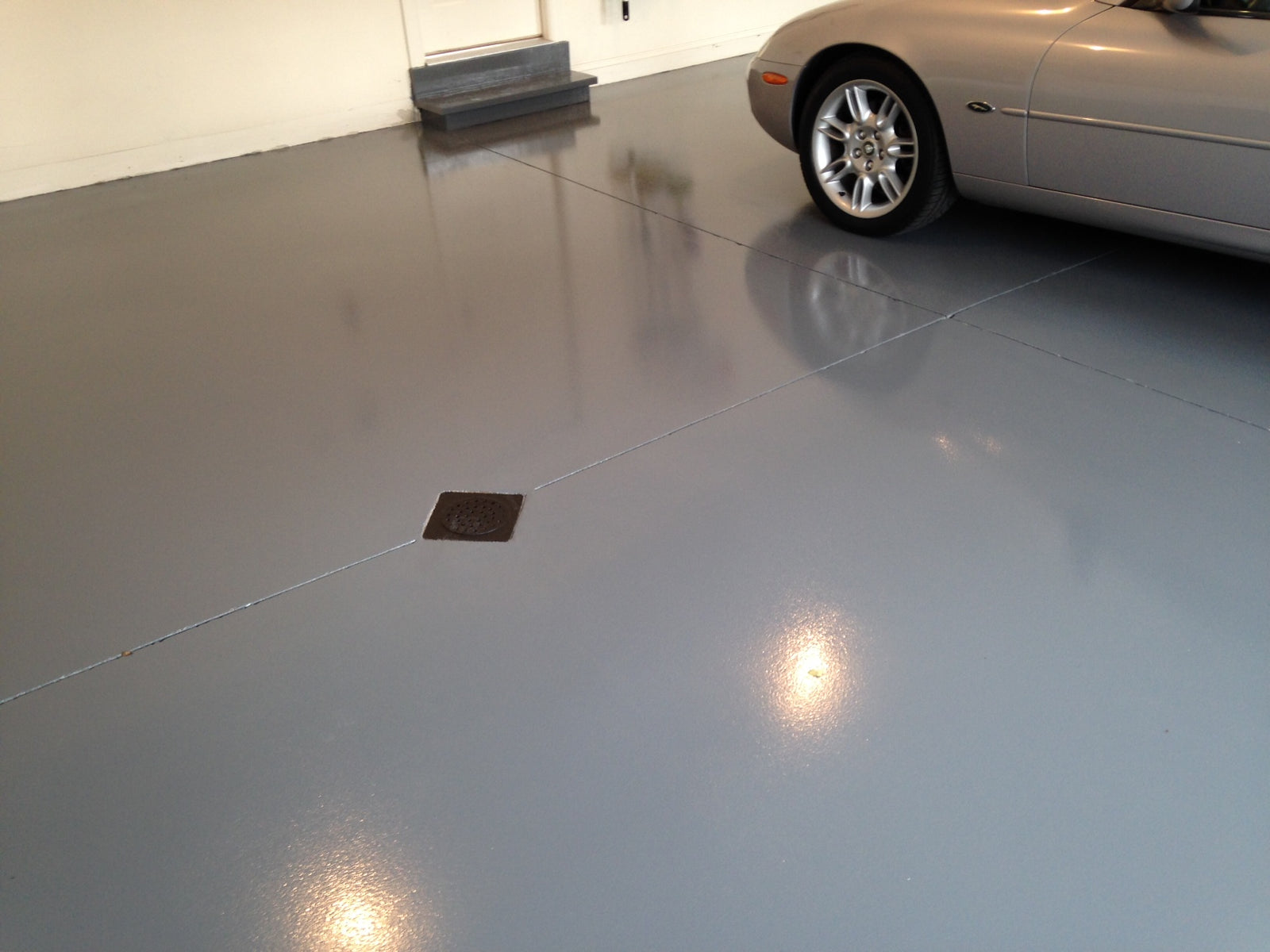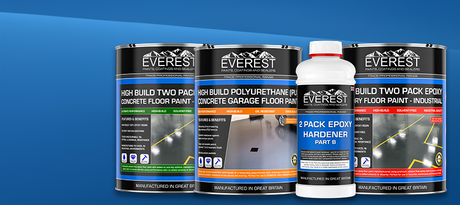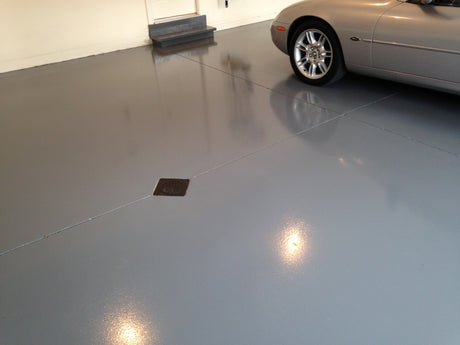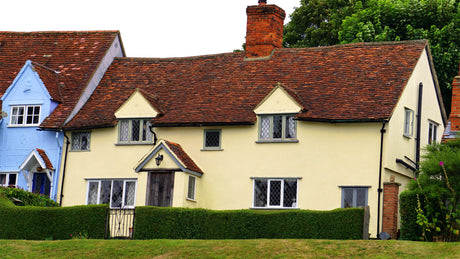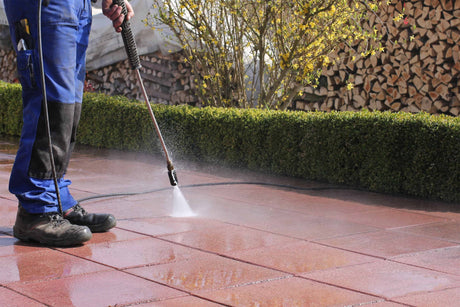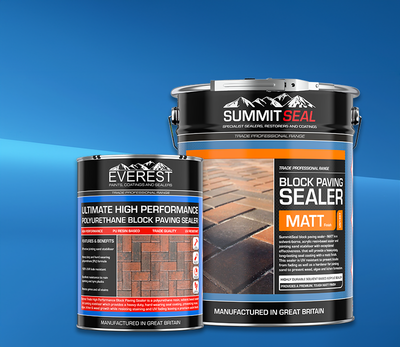This post will provide a brief guide on how to paint your garage floor.
If your floor is stained with oil, grease, and rust, you can easily give it a new lease on life with a coat of concrete floor paint.
Concrete floor paints come in both solvent-based (Polyurethane) and water-based (Alkyd and Acrylic) varieties. Both types are formulated to resist stains and wear, but polyurethane floor paints generally offer superior wear resistance and are commonly used in industrial settings like factories, large warehouses, and distribution centers. Acrylic and alkyd paints are less durable, though alkyd is more robust than acrylic and can also be used in industrial environments. Acrylic and alkyd floor paints dry to a satin finish, while polyurethane tends to have a glossy finish.
Water-based concrete floor paints are relatively inexpensive and easy to apply, making them the go-to choice for most people painting domestic or low-traffic areas. While garage floor paint is available in various colors, you might want to choose a light color if you use the garage as a workshop. A light gray, for instance, will reflect more light than a darker color.
As with interior water-based paints, concrete floor paint is applied with standard paintbrushes and rollers. This is in contrast to two-part epoxy floor paints, which require more specialized and costly application techniques. Paints designed for concrete floors should provide adequate slip resistance without additional additives. Water-based paints are more popular for home use since they can be cleaned up with soap and water, while solvent-based paints require solvents (such as mineral spirits) for cleanup.
Preparation Is Key
Painting a concrete garage floor may require more detailed prep work than most indoor painting jobs. It’s crucial to thoroughly clean the concrete and repair any damage before painting. Oil and grease stains can prevent the paint from bonding properly with the concrete and may bleed through the finish.
Whatever type of paint you choose, read the instructions carefully, paying particular attention to surface preparation and temperature recommendations. Our floor paints have a minimum application temperature of 41°F. Most garage floor paint jobs fail because the surface wasn’t prepared correctly or the surface temperature was too low to allow for proper bonding. High humidity can also affect the durability of the paint job.
Cleaning the Garage Floor
Sweep the garage floor with a broom and vacuum to remove debris. Use a degreaser and stiff brush to tackle grease stains, then rinse off the degreaser and let the floor dry. For heavy stains, a pressure washer may be necessary.
Etching or Acid Washing the Garage Floor
Garage floor paint adheres best if the concrete surface has a slightly rough texture—like fine sandpaper. If your garage floor has been troweled smooth, you’ll need to roughen it up to create a suitable texture for painting. This can be achieved with an etching product or muriatic acid (always follow the manufacturer’s instructions carefully). You may need to etch or wash the surface twice to achieve the proper texture. Be sure to rinse the concrete thoroughly to remove all chemical residues, and allow it to dry completely before painting.
Alternatively, you can use a power grinder or sander to etch a smooth concrete surface instead of chemicals. This is also necessary if you're painting over old paint. Be sure to vacuum and damp-mop the sanded surface thoroughly to remove all dust before painting.
Applying Garage Floor Paint
Before applying the first coat, determine whether you need a primer/sealer. This is usually required if the floor has never been painted or if there is exposed bare concrete.
Floor primers and sealers help ensure the paint adheres fully to the concrete, reducing the risk of peeling or flaking, which happens when the paint doesn’t bond properly. The primer/sealer penetrates deeper into the concrete, creating a solid base for the floor paint to adhere to.
After applying one coat of primer/sealer and allowing it to dry fully, you can move on to the floor paint.
It’s best to use a paintbrush, as brushing works better than a roller for working the paint into the surface. However, for large areas, medium-nap rollers work well too. Apply a thorough but thin coat of paint and allow it to dry completely.
The second coat of paint can be applied full strength. We recommend rolling it out to ensure it dries hard and quickly, using either a brush or roller. In some cases, a third coat might be needed, especially if the concrete is heavily textured. Clean up tools with soap and water.
Water-based floor paint dries to the touch in a few hours, but it’s best to wait at least 24 hours before walking on it.

